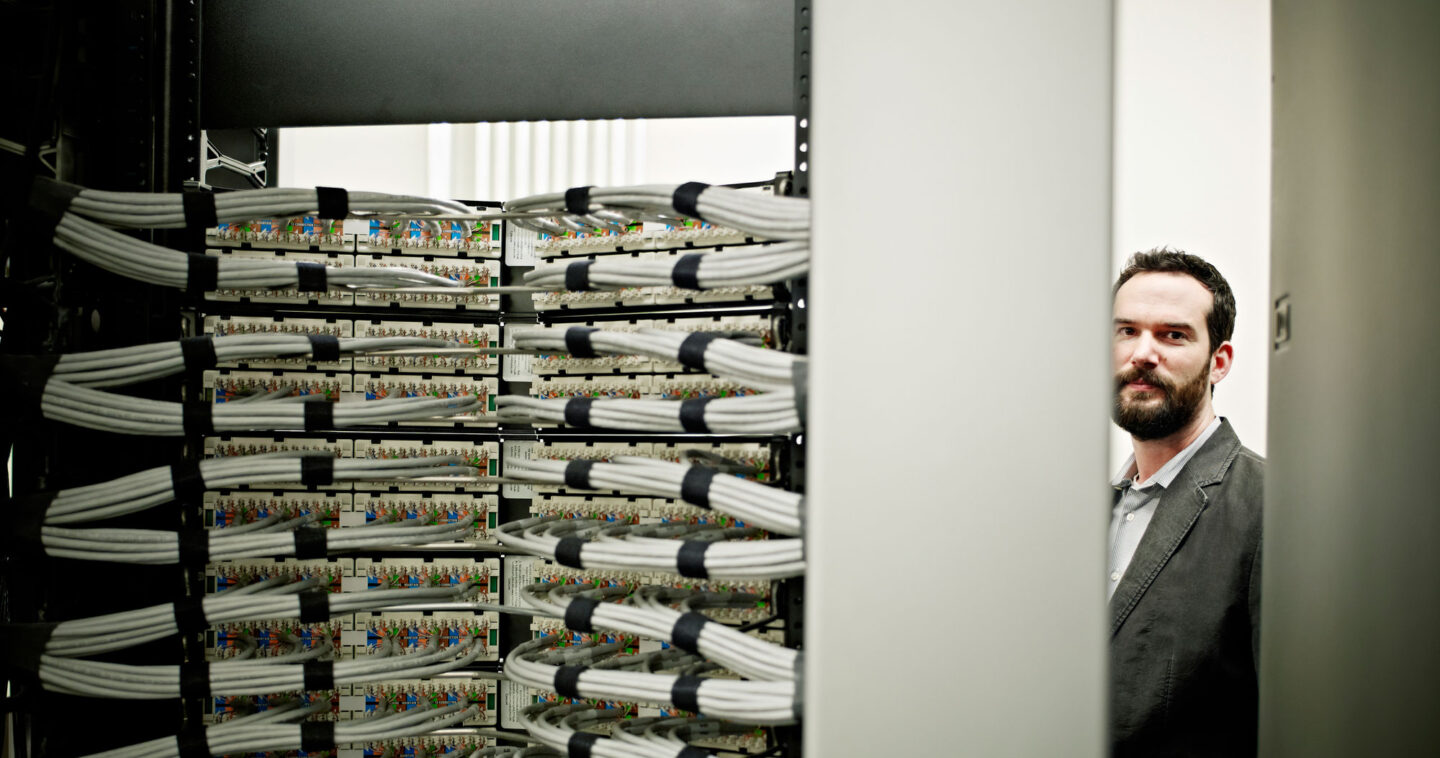In traditional thinking, the data center is a site where the collection of servers, storage, networking, and applications reside to provide IT services to the entire enterprise. Yet, today, a more independent infrastructure has emerged to protect system availability, including technology to provide data protection, new application development, introduction, and testing, for the many needs of a centralized data center.
The centralized data center approach has always been challenged by the distributed systems movements by the lines of business trying to meet specific goals. Indeed, the centralized data center model is increasingly outmoded as new types of data, such as sensor, log, IoT, audio, video and edge architectures provide the opportunity for improving operations, customer interaction, and market understanding.
The centralized data center model is increasingly outmoded as new types of data and edge architectures provide the opportunity for improving operations, customer interaction, and market understanding.
Even though organizations are trying to force everything into a centralized data center, ultimately, data is becoming much more siloed and dispersed across locations. As such, oganizations are unable to tap into the power of their data to drive the necessary competitive advantage. As a matter of fact, according to a recent survey, 68% of respondents said their organization is negatively impacted by siloed data.[1]
Back to the Roots – Data
Business departments have long created their own IT capabilities to meet their specific business objectives, resulting in siloes of isolated IT infrastructure where data is trapped and almost impossible for the enterprise to fully leverage. As a result, the core data center, ironically, no longer serves as the central repository of business data. And, most of the people who could benefit from access to the data are unable to find it in their organization. As mentioned in another survey, almost 80% of executives surveyed said 40% or less of their data is available for sharing across their companies.[2]
But wait, there is a better way! Data Center infrastructure is the focus, but it’s time to return to the data center’s roots – the data. Data is the key element for business success, but to drive true competitive differentiation – and ultimately business success – we need to put Data @ the Center of decision making.
A fresh look at enterprise data infrastructure is called for, and I refer to this as Data Center 2.0. It doesn’t look like a traditional centralized glass house, but rather a fabric of core and edge data capture and processing that allows the Line of Business (LOB) groups to get their jobs done, but also make data available for further processing. There is some work to be done, but the benefits of putting Data @ the Center are worth it.
Learn More!
Join me for our webinar that dives into Data Center 2.0: The Move to Data @ the Center. We’ll talk about data siloes, sources and locations of data, distributed systems, technologies that are changing the relationship between compute and data, and how to treat data like an asset to get the full value from the currency of the 21st century: data.
[1] https://blog.syncsort.com/2019/03/big-data/2019-data-trends-survey/
[2] https://www.forbes.com/sites/insights-delltechnologies/2018/12/04/behind-every-ai-strategy-is-a-data-strategy/#7004d6d71d4c




